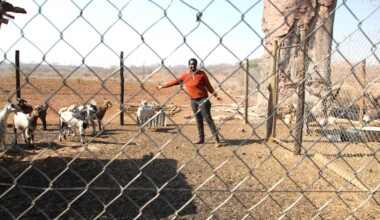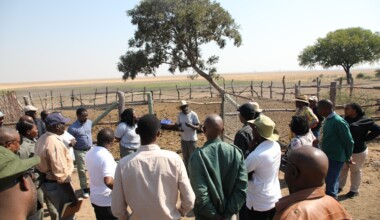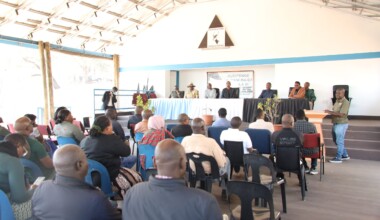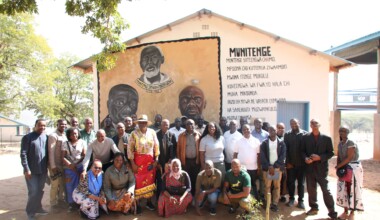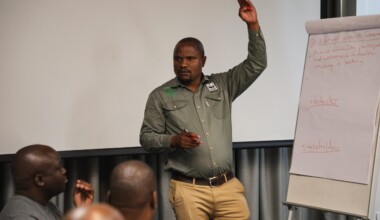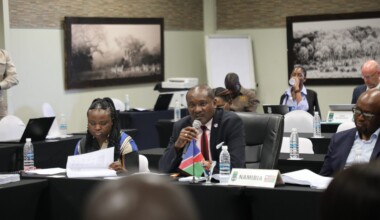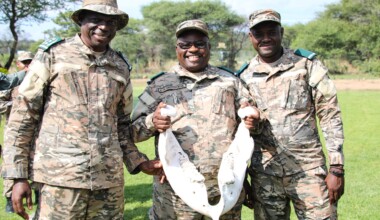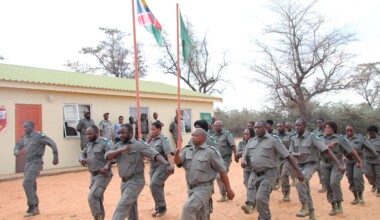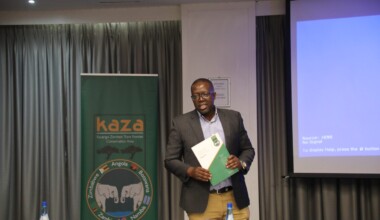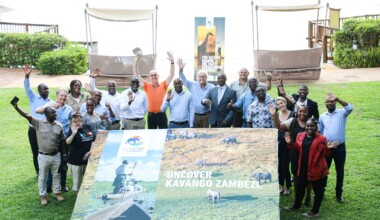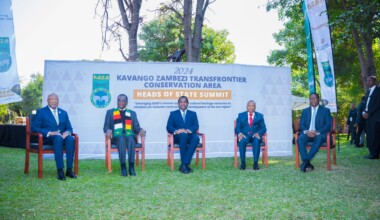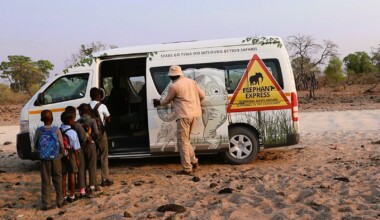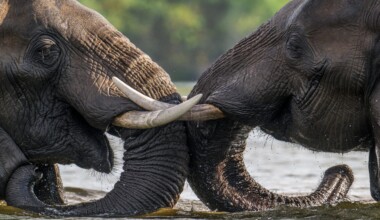Gallery
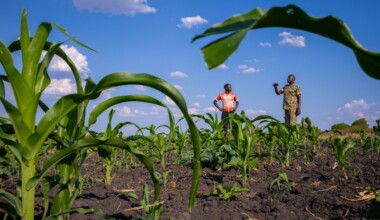
In the middle of a wildlife corridor, the Human Wildlife Rapid Response Team from the Department of National Parks and Wildlife conducts a damage assessment on farmland, engaging with the local community to strategize intervention measures. Faced with resource challenges, the Department of National Parks and Wildlife unveils a dedicated Rapid Response unit, aiming to address conflicts, uate agricultural impacts, and actively involve the community in finding sustainable solutions.
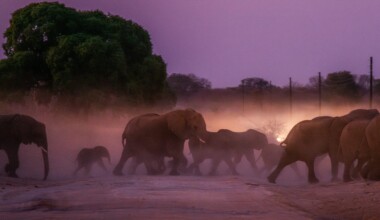
At dusk, a herd of around 30 elephants traverses the M10 highway en route to the Zambezi River for a drink. Their daily path includes crossing through several villages and farmlands, causing destruction to crops along the way. Often, they pause to indulge in freshly planted mango trees or mais, affecting the villagers' livelihoods. This repeated interaction has left the community in distress, feeling vulnerable in the elephants' presence and struggling to sustain their livelihoods amidst the challenges posed by these encounters.

Elephants embark on a daily journey from their safe havens away from human habitation to the Zambezi River during the dry season. Navigating through migration corridors, essential pathways connecting habitats, these elephants face the unavoidable traverse through human settlements. The existence of safe migration corridors underscore the necessity of coexistence between elephants and communities as they traverse landscapes to meet their essential needs.




